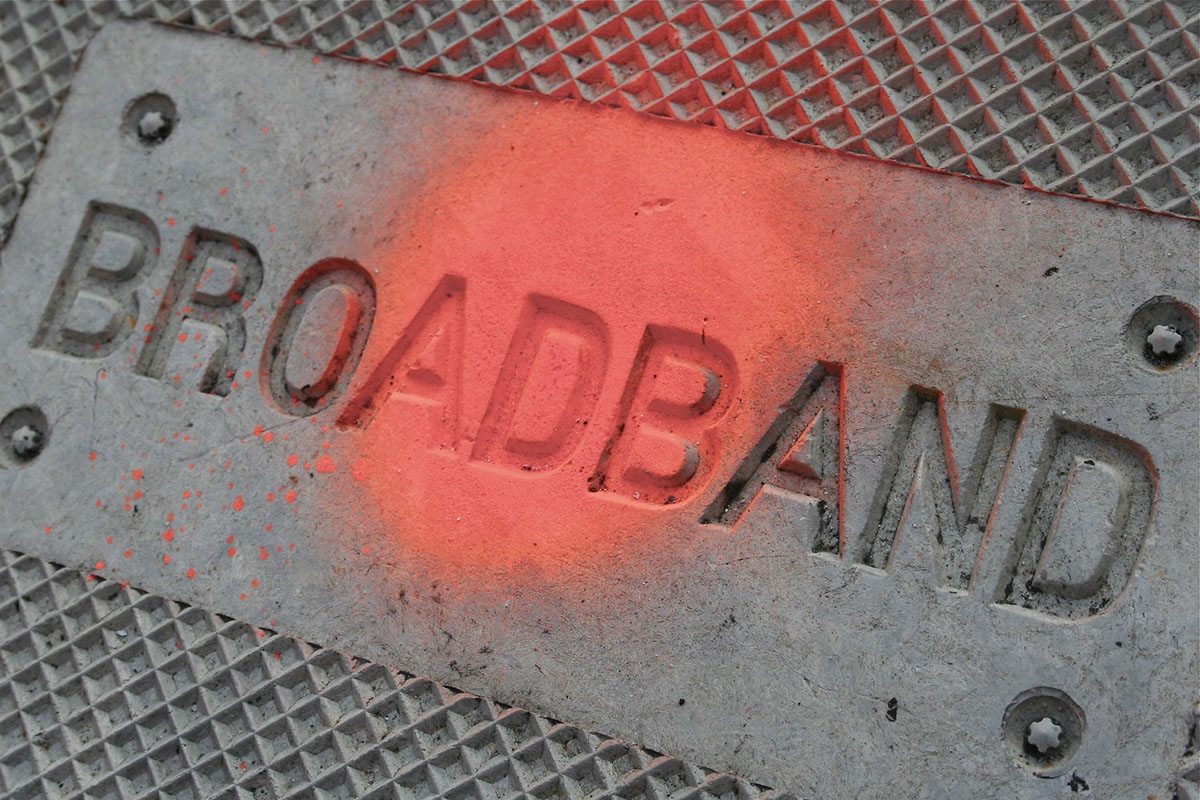
Starlink as a possible alternative to Ottawa’s broadband internet
Photo: (CC BY 2.0) by Gavin St. Ours
With Q2 tests of Starlink’s speed raising the bar of what the company is capable of, many of Ottawa’s more rural residents have a new alternative to traditional broadband plans. Having experienced significant upgrades since its initial rollout in May of 2019, the first shell of the Starlink satellite grid is approaching full implementation, with questions remaining about potential uses. So, what do interested internet users need to know, and when could making the shift away from existing cabled plans to be worth the change?
A New Level of Speed
According to recent tests, Starlink’s Q2 2021 testing speeds have reached 97.2 Mbps. This places the system far ahead of major satellite internet competitors like HughesNet and Viasat, which attain speeds of 19.7 and 18.1 Mbps respectively. Even more impressive is the reduction of latency that Starlink offers, which reached as low as 45 milliseconds compared to the more than 600 milliseconds of its two space-based competitors. For reference, the average fixed broadband capacity of Canada’s internet achieves average download speeds of 174.4 Mbps and 21 milliseconds of latency. While Starlink can’t quite match this yet, it’s worth stating that these are again taken as averages.
New SpaceX Starlink cover shows transfer orbit from Earth to Mars pic.twitter.com/vwWeuhWCoP
— Elon Musk (@elonmusk) July 3, 2021
Starlink’s Potential Applications
For most users closely connected to Ottawa’s infrastructure, the better speed and reliability of cabled solutions might make the jump to Starlink unnecessary. That said, those on the fringes of Ottawa’s borders without access to higher broadband could indeed see major upgrades by making the jump to Starlink. Of course, while speeds in this scenario could increase, it’s first with considering use-case.
For light data users, consider the experiences of players of online slots. Despite having evolved considerably since their introduction into the online realm two and half decades ago, modern digital slots are extremely small in file size and data use. From Book of Dead to Ultra Burn, playing these games requires little more than what regular internet surfing utilizes. Whether browsing, signup up, collecting bonuses or taking a few spins, no part of this experience would suffer on the slower speeds of Starlink or anything a tenth as fast. For this reason, people who engage in such uses have no real reason to fear a shift to what Starlink offers.
On the other side of the equation are more data-heavy uses such as HD video streaming. While even Starlink could manage this just fine when the system is working well, the slightly slower speed of Starlink might slightly if shared by multiple simultaneous users. For this reason, those households with more than one heavy data user might want to hold off on investing in Starlink, at least until the systems improve.
Limitations
The major issue with the current incarnations of Starlink is born from its requirements of sight-lines. Because Starlink needs a direct line to a network of constantly moving satellites, houses surrounded by trees or placed with geographical blockages can struggle with consistent connections. While an increasing number of satellites in the shell grid will reduce this problem over time, it probably won’t be eliminated entirely in many areas.
Given the limitations of Starlink, it's not likely to ever reach a place as a complete replacement to Ottawa's major broadband providers. However, in the right place and circumstances, the technology could be a gamechanger. Constantly improving, the only questions left are how reliable the system could be with full implementation, and whether its commercial viability will be enough to maintain the company long-term.








